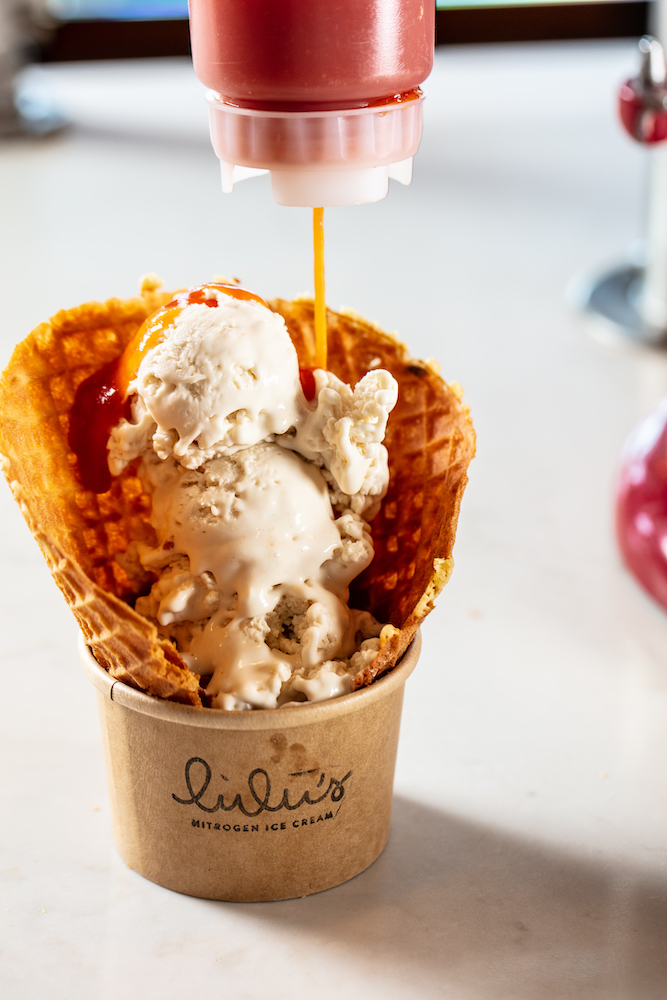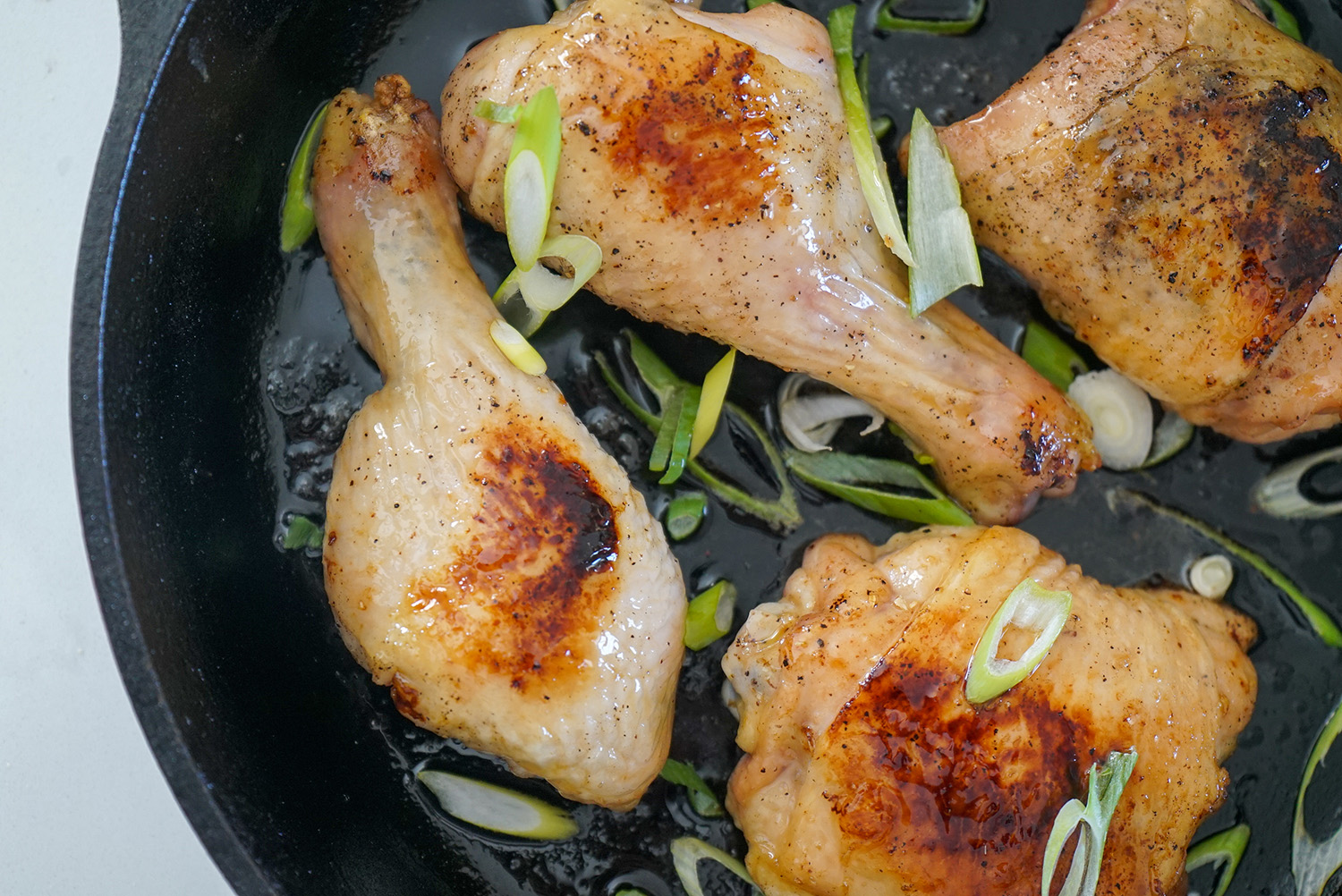Rum, the Liquid Spice

Why Aren’t You Cooking With Rum?
... The Answer May Surprise You.
Rum goes with Coke. Mix it with ginger beer and a bit of lime and you have a dark and stormy. It’s strong. It’s sweet. It’s simple. And, it’s also much more than a cocktail. With notes of vanilla, pepper and kicks of various spices, rum works well as a seasoning, too.
Rums also tend to have more pronounced toasted characteristics that are influenced by natural sugarcane and molasses and by the charred oak barrels they’re aged in. These complexities should make rum a worthy contender for the spice rack. But the Caribbean spirit rarely gets the sort of visibility in the kitchen that is afforded to wine.
“I’m always surprised that people don’t cook with it more,” Wendy Rahamut said about cooking with rum from her home on Trinidad.
Ms. Rahamut is the author of the cookbooks “Modern Caribbean Cuisine” and “Curry, Callaloo & Calypso: The Real Taste of Trinidad and Tobago.” She’s also a fan of cooking with rum.
“I like the brown rum,” Ms. Rahamut said. “It has the nice caramelize-y taste.” She uses rum to flambé shrimp and to coat pineapples before grilling them.
She’s likely among the minority of folks who use rum this way.
A search on New York Times Cooking, which houses more than 19,000 recipes, includes just over 320 rum recipes in its database. Narrow that search to dinner-only recipes, and that number drops to less than 24. A similar search for wine recipes yields more than 1,000 results in the dinner-only category.
“I’m always surprised that people don’t cook with it more,”
(This method isn’t an ironclad proxy for comparing the number of rum and wine recipes that are in circulation, but since New York Times Cooking has more than 250,000 subscribers, it is a good place to take a national pulse.)
Food52, which has “thousands of test kitchen-approved recipes” according to its site, lists a braised oxtail and butter bean recipe that calls for two tablespoons of rum to simmer a melody beef, onions, thyme, garlic and ginger. Another entrée, a pork sirloin, is braised in broth and a quarter cup of rum. Food52’s database has less than 23 recipes that include rum in their entrée category. The same search results in more than 2,990 wine recipes.
Rum, like wine, can be used to deglaze and it can also enhance other flavors in a dish. But there’s also a practical reason Ms. Rahamut uses the spirit in her kitchen.
“The rum, when you marinate with it, it takes the gaminess out of the meat,” Ms. Rahamut said. To tone down the wild taste of duck, goat or venison, she suggests adding about one tablespoon of rum for every pound of meat. “It works miraculously,” she said.
The reason fewer recipes call for rum may have to do with the politics of the 18th and 19th centuries, when the battle for power was heavily reliant on resources. And in this case, that resource was booze.
Leading up to the American Revolution, Caribbean rums were mainly produced by three players: Britain, France and Spain. France was working to solidify its chokehold on wine – a drink that was becoming largely associated with the emerging bourgeoise class – and restricted the import of rum. American colonists also began rejecting British rums and turned more toward their American-made whiskeys.
Frederick H. Smith, the author of “Caribbean Rum: A Social and Economic History” explains how these mindsets about wine and whiskey affected the spirits’ positioning in the food space.
“Being from the Caribbean, we don’t have wines, we have rum,”
“It is the consumption of something that has the essence of class,” he said in talking about wine. “By mixing it with food, you're actually increasing the value, the metaphorical symbolic value of that food.”
The power plays of the 1700s still affect us today. You’re more likely to find bourbon barbecue sauce on your grocery store shelf than rum varieties. And, you’re more likely to find recipes that include wine as an ingredient than rum.
Despite the public disparity, people are creatively cooking with rum in a variety of ways.
“Being from the Caribbean, we don’t have wines, we have rum,” said Shorne Benjamin, a chef who lives in Brooklyn. He uses rum as seamlessly as he does any other spice.
His curry goat Bolognese is one of his favorite dishes to make because it mixes his Saint Lucian heritage with classic Italian cuisine and because he gets to add a splash of rum, too.
“Since rum has that deep flavor, I want to add that to the dish to increase the umami of the curry,” he said. Another dish in which he loves to incorporate rum is his almond soup. The rum, he said, helps cut down on the sweetness.
Mr. Benjamin thinks the only reason people aren’t cooking with rum today is simple: They just don’t know it’s possible. “You don’t see it on TV. You don’t see celebrity chefs doing that,” he said. “So people might feel timid or feel that wine is the best to cook with.”





